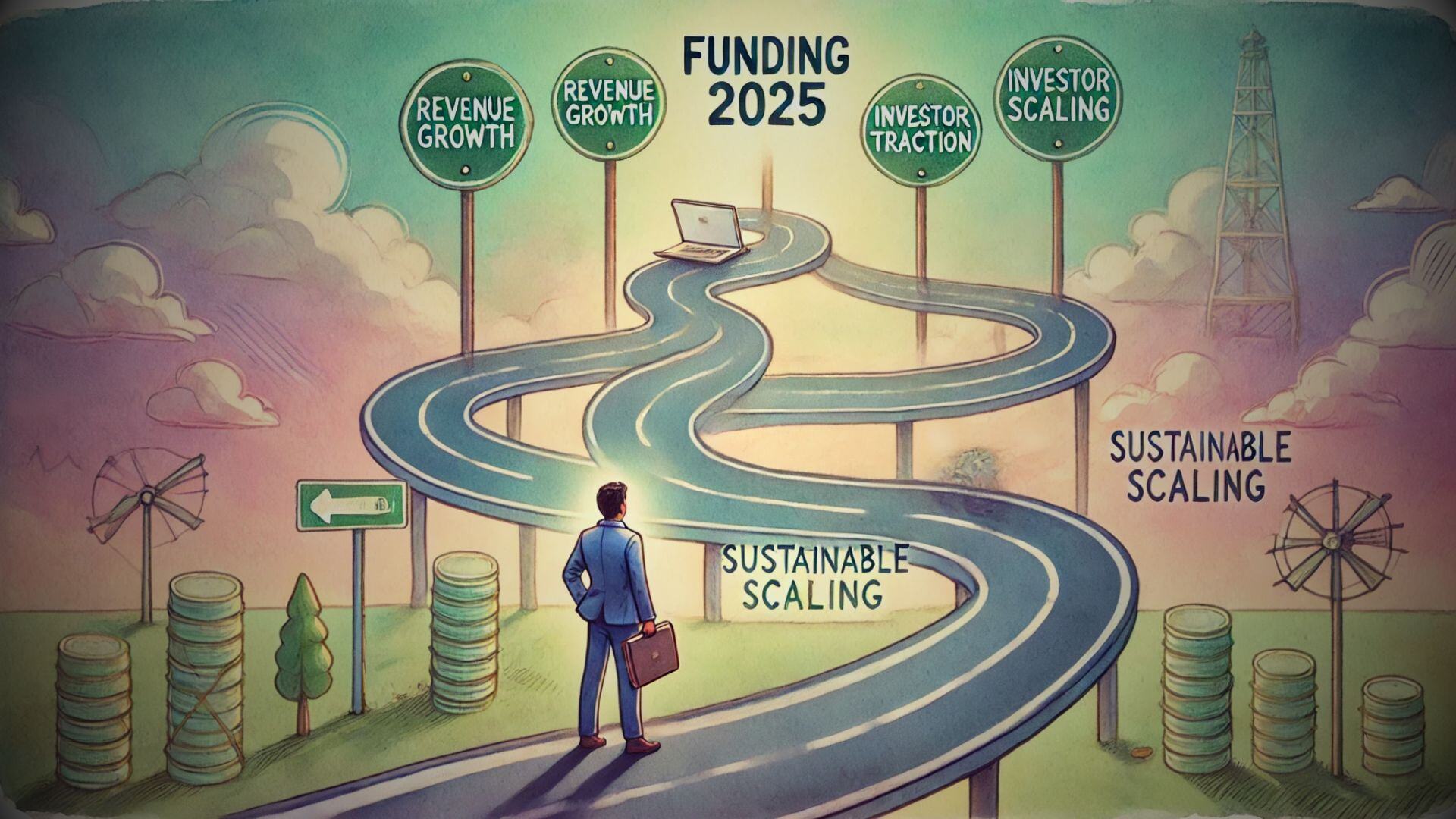
If you are still thinking about raising money like it is 2022, you are in for a rude awakening.
Back then, investors were throwing money at startups with barely an MVP. Founders were encouraged to "grow at all costs" and burn capital on paid ads and fast hiring.
That world is gone.
Today, investors are more selective, more patient, and less willing to take risks. They want startups with real traction, not just a promising idea.
SaaS founders need to rethink their funding strategy. Let’s break down how things have changed and how you can win in 2025.
1. Fundraising Now Takes Longer – Start Early
In the past, a seed round could close in a month. Now? It can take six months or more.
Investors have options. They are not rushing into deals. They are waiting for startups that meet higher standards.
What This Means for SaaS Founders:
- If you only have three months of runway left, you are already in trouble.
- Start fundraising at least a year in advance.
- Do not assume an investor is committed until the money is in your bank account.
You cannot afford to be reactive. Plan ahead, or you might run out of cash before closing a round.
2. Investors Want More Proof – Traction is Everything
It is no longer enough to have a great idea and a slick pitch deck.
Investors in 2025 want:
✅ Revenue growth – Even pre-seed startups need paying customers.
✅ Strong retention – A SaaS business with high churn is a red flag.
✅ Clear market validation – Do people actually need your product?
Each funding stage has moved up:
- Pre-seed? You need the traction of a 2022 seed round.
- Seed round? You need metrics that look like a Series A.
- Series A? You better have the numbers of an old Series B.
VCs are backing fewer startups but betting bigger on the ones that show real traction. If you are not making money, you are not getting funded.
3. The Best Deals Go to Startups That Can Survive Without VC Money
VCs are following Y Combinator, a16z, and Sequoia, watching which startups succeed. The ones that stand out? Startups that do not need funding to survive.
If you are building a SaaS startup in 2025, bootstrap as long as possible.
Where to look if VC doors are closed?
👉 Angel investors – They are more flexible and still take early bets.
👉 Revenue-first strategy – Focus on sales, not fundraising.
👉 Strategic partnerships – Companies in your space might fund you.
VC money is not your only option. If you can build a profitable SaaS without it, you will have more leverage when the time comes to raise.
4. The New SaaS Founder Mindset – Be Relentlessly Resourceful
Surviving in 2025 requires two key traits:
Be Relentlessly Resourceful
- Struggling with funding? Find alternative revenue streams.
- Not getting investor meetings? Keep refining your pitch and networking.
- Sales slowing down? Test new acquisition channels.
The best founders never stop moving. You might have to pivot, experiment, and grind harder than ever.
Be Pessimistically Persistent
- Assume an investor will back out at the last minute.
- Assume your fundraising timeline will double.
- Assume your runway is shorter than you think.
If you prepare for the worst, you will always be in control.
5. SaaS Startups Need to Grow Smarter, Not Just Faster
The old playbook was:
🔥 Burn VC money on Google Ads and Facebook Ads.
🔥 Grow fast and raise the next round.
🔥 Worry about profitability later.
That does not work in 2025.
VCs now expect:
✅ Efficient growth – Your CAC (customer acquisition cost) must be sustainable.
✅ Organic traction – SEO, content marketing, and referrals matter more than ever.
✅ Retention over vanity metrics – High churn = no funding.
If you can show profitable, scalable growth, investors will take you seriously.
6. The Best Time to Raise Money? When You Do Not Need It
The best SaaS founders in 2025 do not chase investors.
Instead, they build a great business first. Then investors come to them.
Why this works:
- You get better terms and higher valuations.
- You keep more equity and more control.
- You never raise money out of desperation.
If you only raise when you have to, you give up too much. Build a solid SaaS first, and you will have the leverage to negotiate the best deals.
The Takeaway – Adapt or Get Left Behind
The funding game has changed. The old playbook is dead. But if you adapt, you can still win.
🔹 Start fundraising early – it takes longer than before.
🔹 Focus on revenue – investors want real proof, not promises.
🔹 Be relentlessly resourceful – do whatever it takes to survive.
🔹 Grow efficiently – burn money too fast, and you are done.
🔹 Raise money only when you do not need it – that is how you win.
The SaaS founders who accept the new reality will build stronger, more profitable companies.
The ones who expect fundraising to be easy? They will struggle.
So, what is your plan? Are you ready for the new funding landscape? Drop a comment and let’s talk.
Startup Hub